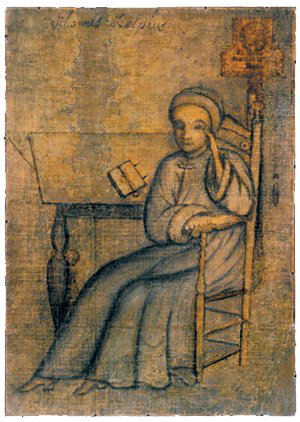REISS
KUNST'S
COENOBYTE'S
WELCOME
"The Box Of Leviathan"
Art
research by Stephen Pahnlick
Written research by Max Lichtor
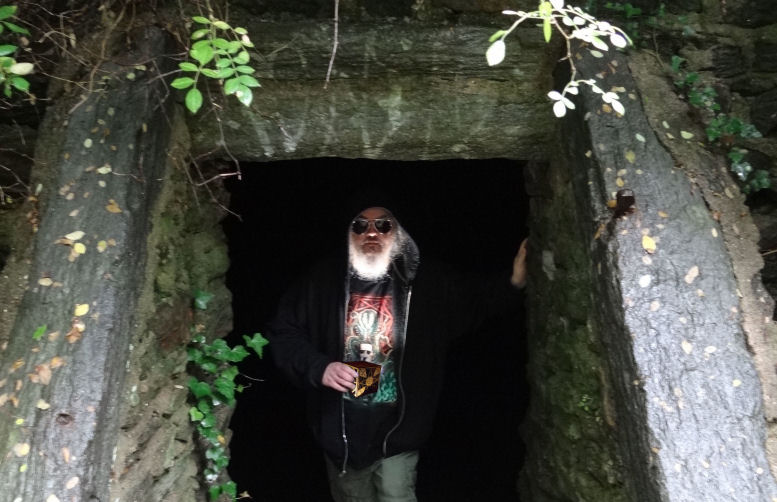
Pyramid-Gallery Curator - Max
Lichtor doing location
research on
the occult artist Reiss Kunst at Kelpius Cave
|
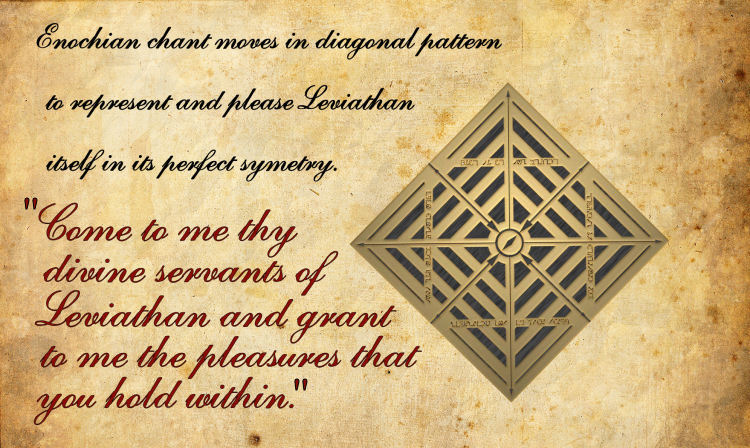
|
In 1694, Pietist, mystic, Johannes Kelpius
and forty of his
followers
traveled to North America from Germany, seeking to establish an
apocalyptic community in the wilderness adjoining William Penn's
experimental Germantown colony. They called themselves "The
Society of The Woman in the Wilderness" which was based on the quote
from the Book of The Revelation: "The woman fled into the
wilderness to a place prepared for her by God, where she might be taken
care of for 1,260 days."
Among Kelpius' forty followers was the Hexenmeister Reiss Kunst, who was initially recruited by Johann Jacob Zimmerman, "The Chapter of Perfection's" recently deceased founder. Reiss Kunst was a highly skilled Master in the fields of astrology, mathematics, theology and sacred geometry. 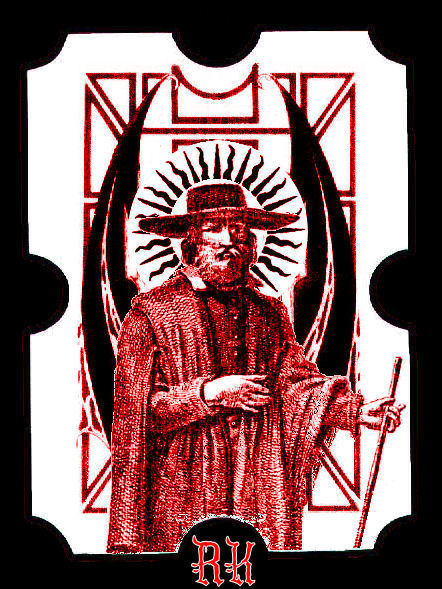 Reiss Kunst Kunst constructed for The Society three "mechanical astrological boxes" which were to be used to calculate the time of the upcoming apocalypse. The boxes were named by Kunst, "Coenobyte's Welcome", "The Spiral of Desperation" and "The Condemnation Box". The boxes were rumored to be made of wood particles from the Tree of the knowledge of good and evil that stood in the Garden of Eden. 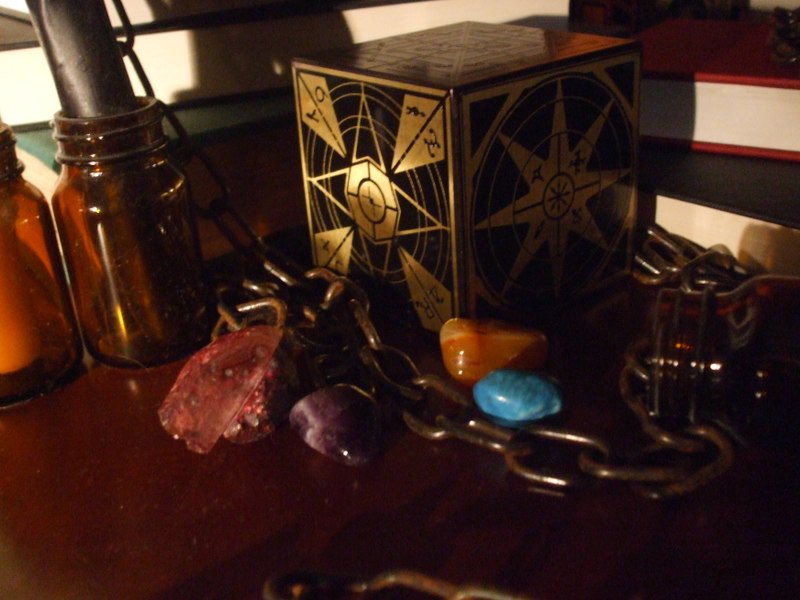 Coenobyte's Welcome - The Box of Leviathan, Photo by Mark Adams All three boxes were given to Master Kelpius prior to a schism which developed among The Monks of the Wissahickon in the early 1700s, after the dates set for the apocalypse failed to come to pass. Reiss Kunst departed with a few of the other discontented Monks and they traveled to the Ozark Mountain Region where they continued to practice their unique style of Hexencraft known as Pow-wow magic. 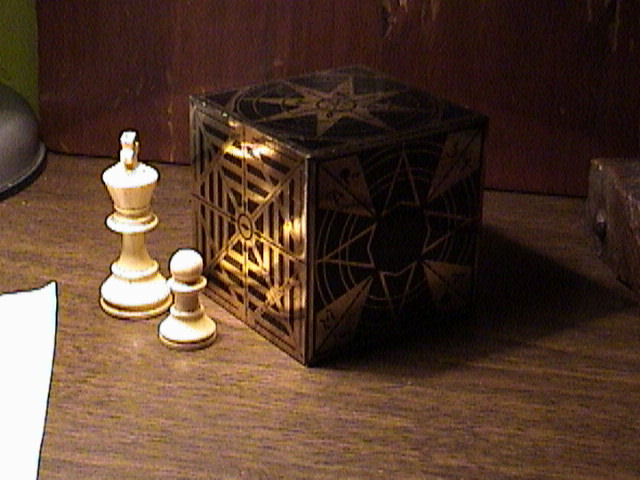 Kelpius safeguarded Kunst's alchemical devices in his Arcanum - a small chest, sealed with wax of seven different colors and covered with astrological characters. He kept the Arcanum near his bedside in a hermit's cave which he called his Urania. The small cave served as a workshop where Kelpius struggled day and night to find the formula presented in Reiss Kunst's box designs. 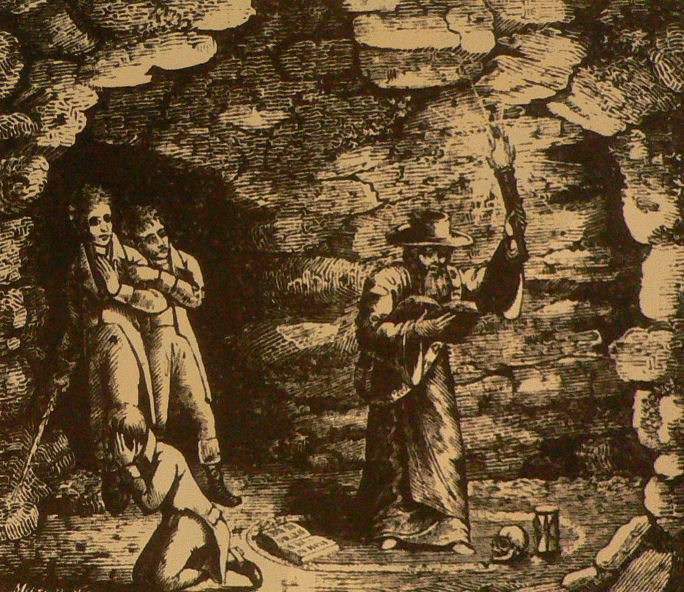 "Painful Kelpius from his hermit den by Wissahickon, maddest of good men." - John Greenleaf Whittier - Pennsylvania Pilgrim The mystic believed he would not die a natural death. He was convinced that the Kunst boxes could transfigure his frailness, giving him a glorified body like Enoch or the Prophet Elijah, allowing him to translate physically into the spiritual world without dying. Kelpius eventually caught a wasting disease, brought on by the cold environment of the cave. At the age of 35, Kelpius died of pneumonia, or tuberculosis depending on the source. 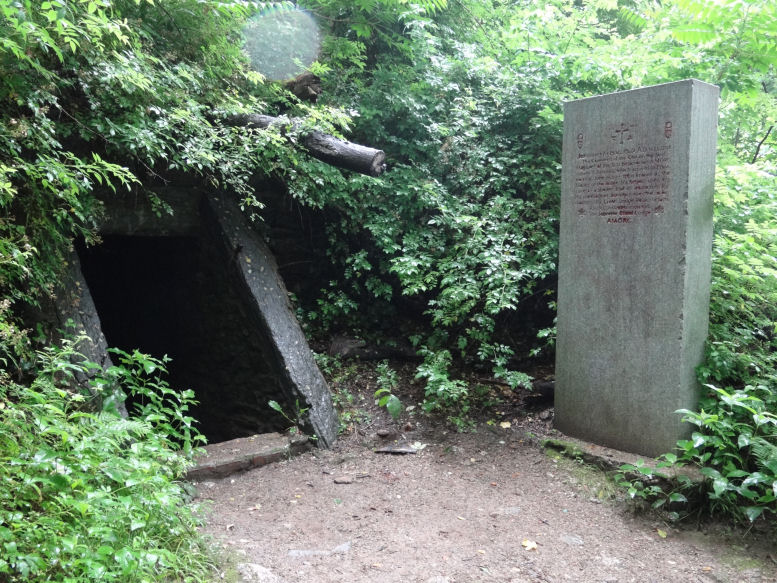 Kelpius Cave - with monument erected in 1961 by Grand Lodge Rosicrucians A few days before his death in 1708, Kelpius handed his assistant Daniel Giessler the Arcanum, strictly telling him to throw it immediately into the nearby Schuylkill River. "Take this! It is too precious for this world. I shall not need this treasure any longer. I was not to enjoy its mysteries, and to others it is of no value, because they have no knowledge of its nature. Take it to the river and throw it into the water in whose elements it may dissolve. But do not utter a sound whilst thou goest. If someone speaks to thee, do not answer. Make haste and come back to report!" 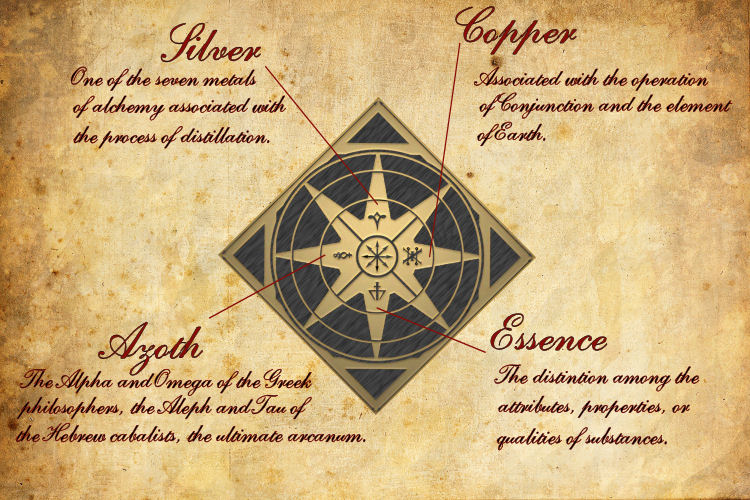 Giessler took the Arcanum which contained the Kunst box designs to the place where the Wissahickon Creek emptied into the Schuylkill River. Reaching the shore, he suddenly was overcome with awe for the mysterious package and its contents. "What if future generations seek a use in these artifacts?" He then hid his Master's Arcanum in a hole in the decaying trunk of a nearby tree. 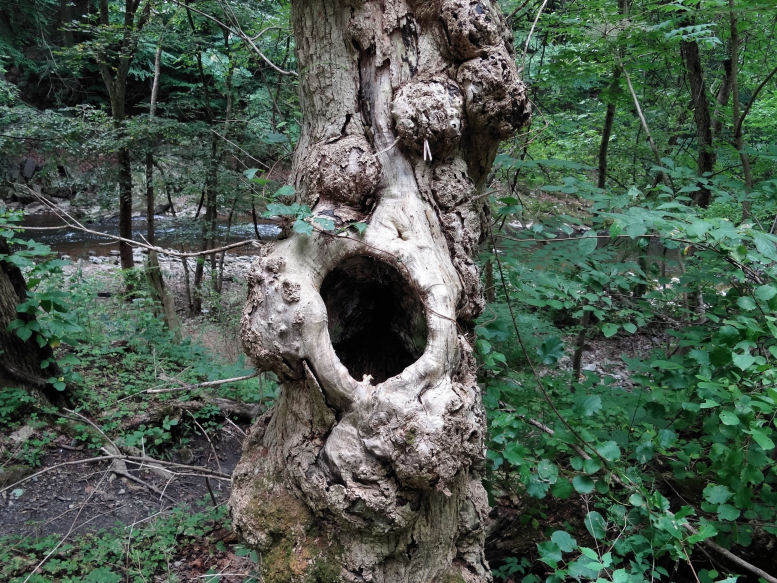 Returning to Kelpius' death bed, Giessler was terrorfied by the penetrating gaze of his Master. "Thou hast not thrown my Arcanum into the water, but hast hidden it in a hollow tree. Hasten back and carry out my command!" Rushing back to the river, Giessler retrieved the package from its hiding place and flung it far out into the Schuylkill. "The water began to boil and hiss, and suddenly a bluish flame like a huge tongue shot up with a detonation like the report of a cannon." Giessler told his Master upon his return. 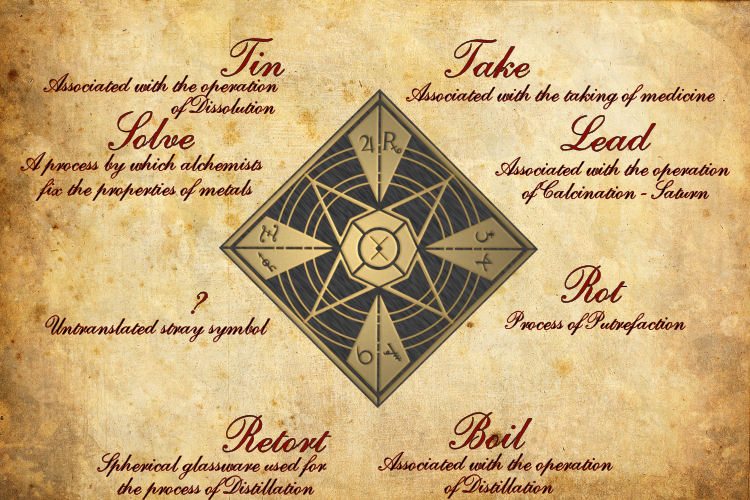 "Now, all is completed." Kelpius said, "tho even my Arcanum hath disappointed me. It fought against assimilation, and with a flame of wrath and loud sound of anger it ascended to dissipate in the sidereal spheres. I felt a stinging pain in my soul when it ascended. Now all my hoping and pining hath come to an end. I already feel the icy hand of that relentless foe that shall tear me down into the black abyss! All my striving and mortifying was for naught. Of what avail is it, friends, that a man should fight against death? There is no discharge in that war!" |
| Some quotes excerpted from J.A. Weishaar's 1921 Edition of The Tabernacle on the Wissahickon: A Tale of the Early Days of Pennsylvania (1921) |
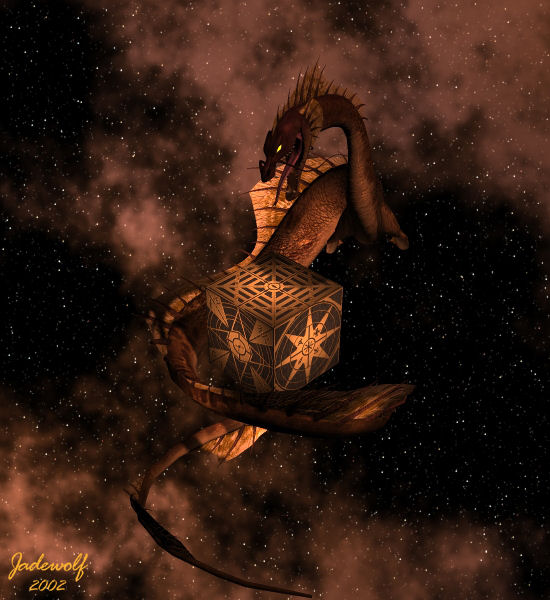
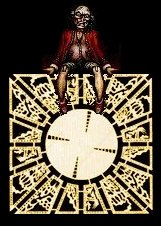
Back to Gallery
